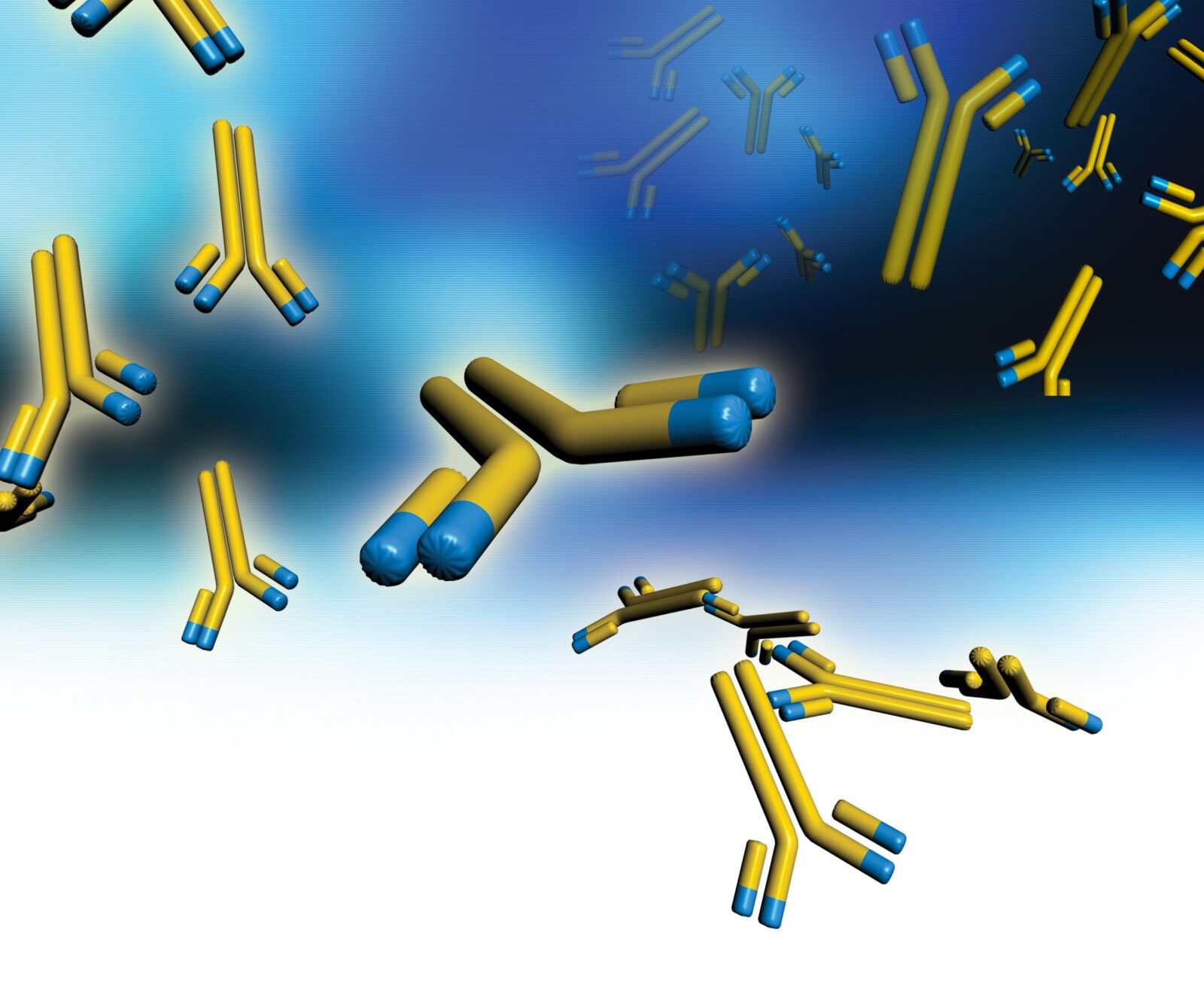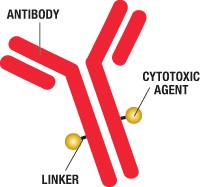We often blog about monoclonal antibodies and the increasingly important role of this drug class in modern medicine. Monoclonal antibodies were first made possible with the development of hybridoma technology in 1975 by Georges Kohler and Cesar Milstein. In the 1980s, hybridoma technology gave way to genetic engineering and recombinant monoclonal antibodies were born.
It turns out that nature uses antibodies in polyclonal mixtures to combat infectious disease targets because polyclonal antibody mixtures are more effective than single monoclonal antibodies. Now taking a page from nature’s playbook, scientists are investigating mixtures of monoclonal, recombinant antibodies to be used as products to treat disease. Instead of utilizing multiple drugs, researchers are proposing combination therapy wrapped up in one formulation; oligoclonal antibodies with a defined ratio of mAbs.
Therapies like this are currently being investigated for use in infectious disease and cancer. Davide Corti and Jeffrey D Kearns co-author a review article entitled, “Promises and pitfalls for recombinant oligoclonal antibodies-based therapeutics in cancer and infectious disease,” in Current Opinion in Immunology 2016, 40:51–61 doi: 10.1016/j.coi.2016.03.001. They discuss the value of this therapeutic approach, which oligoclonal drugs are undergoing clinical development and some of the potential complications.
Chamow & Associates assists biotechnology companies in producing novel therapies like this for clinical testing.





